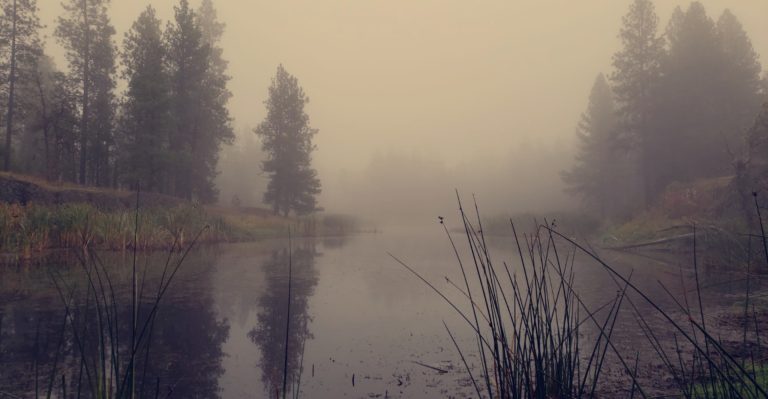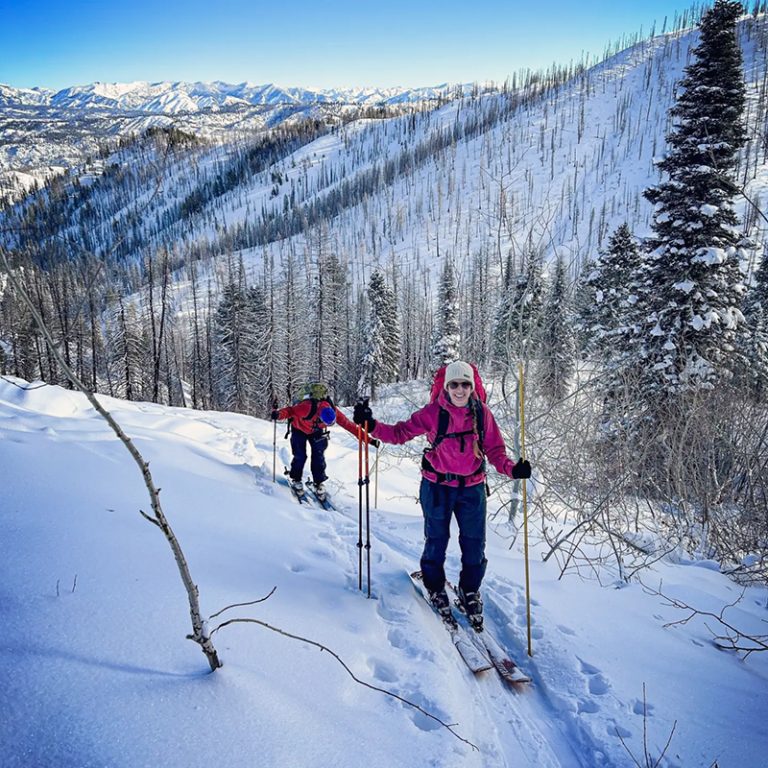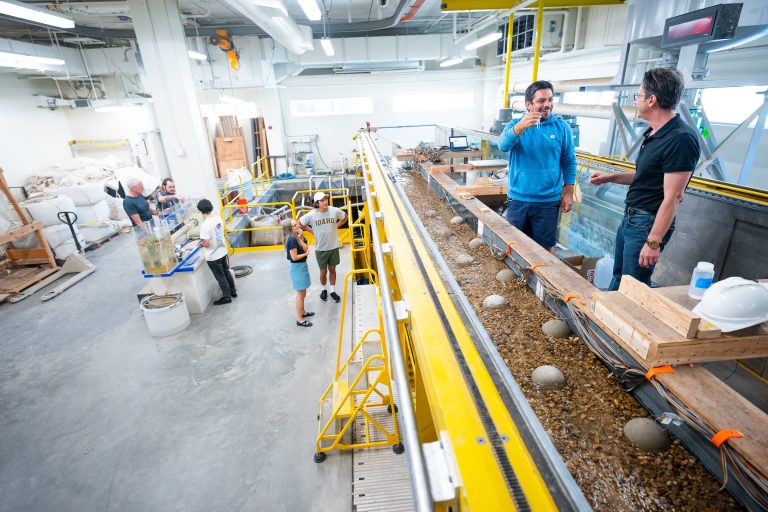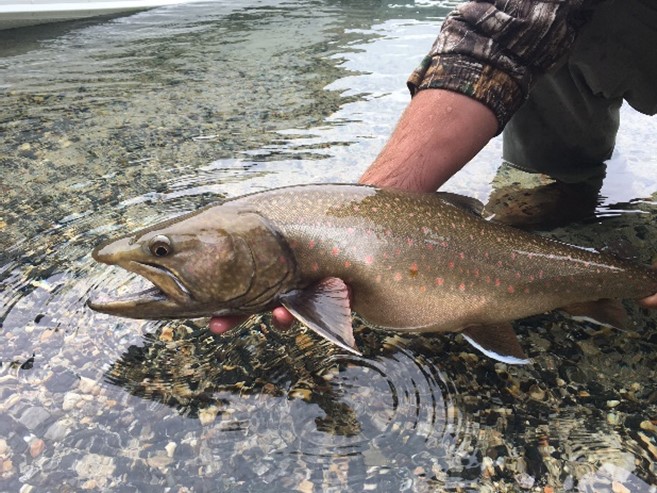A University of Idaho team, led by Professor Amin Mirkouei and supported by two recently graduated doctorate students, Rance Bare and Ethan Struhs, collaborated with the USDA Agricultural Research Service (Ken Overturf), U of I Aquaculture Research Institute (Brian Small) and the National High Magnetic Field Laboratory (Martha Chacón-Patiño, Amy Mckenna and Huan Chen) to design and custom-build an economical and sustainable water treatment system. This system was specifically developed to remove micronutrients, primarily phosphorus and nitrogen, from the wastewater of fish farms in southern Idaho (Magic Valley region). Through a series of laboratory and field studies, the team tested several unmodified and modified biochar-based water treatment systems. Their findings demonstrated that magnesium (Mg)-modified biochar, made from pinewood, effectively sequestered higher amounts of nitrogen and phosphorus over time. For more information, please check out the latest published articles at www.mdpi.com/2227-9717/11/10/2883 and www.mdpi.com/2227-9717/11/4/1029.
Similar Posts

OUR GEM: Taking Public Comments Regarding Wetland Protection Rule Changes
by Sharon Bosley, Executive Director for the Basin Environmental Improvement Project Commission The Clean Water Act (CWA) was created to protect our water resources by regulating discharge of pollutants into the waters of the United States. Its goal is to help ensure all waters are swimmable, fishable and drinkable. The purpose of defining the Waters of the United States (WOTUS) is to determine which waterways are protected under the CWA. The definition determines which waters require permits for activities that…

BSU Team Develop New Approaches to Estimating Contributions to Streamflow
Boise State University faculty Anna Bergstrom and her team investigated rain and snowmelt contributions to streamflow in the Mores Creek Watershed spanning the rain-snow transition zone in southwestern Idaho. Researchers commonly use naturally occurring water isotopes to track water sources allowing for the quantification of if streams are sourced from rain or snow. By developing new approaches to define rain and snow isotopic signatures, Bergstrom and team found that streamflow contribution estimates can vary by up to 20%, depending on…

IWRRI Grant Recipients Work on Sediment Transport Physics
Gianluca Blois, a professor of mechanical engineering at the University of Idaho’s Boise campus, works at the Center for Ecohydraulics Research (CER) with students to study how water moves through streams and rivers. Their research focuses on how stationary objects, like plants, affect water flow and the movement of sediments. This study used a specialized laboratory flume—a controlled stream environment—to measure water speed and pressure in aquatic systems. While scientists have long studied how landscape features like riverbanks and terrain…

U Of I Soil and water systems graduate student travels to Uzbekistan to help determine scope of water quality issues
Marina Steiner, a graduate student with Greg Moller in the Soil and Water Systems Department, travels to Uzbekistan to help determine scope of water quality issues, read more.

Coeur d’Alene Basin Bull Trout
This story was written by Graham Freeman on behalf of the Our Gem Collaborative team for the CDA Press on Sunday, April 23, 2023. Read the original article. The Idaho Governor’s Office of Species Conservation (OSC) is dedicated to planning, coordinating and implementing the State’s actions to preserve, protect and restore species listed as candidate, threatened or endangered under the federal Endangered Species Act (ESA). This work is done in coordination with the State’s natural resource agencies and with input from…

U of I researcher coins ‘thirstwaves’ as new framework emphasizing prolonged, extreme water stressors
Meetpal Kukal proposed the term “thirstwaves” to describe prolonged periods of agricultural exposure to extreme atmospheric evaporative demand for water. Read more in the University of Idaho news feature or read the paper published March 20.
